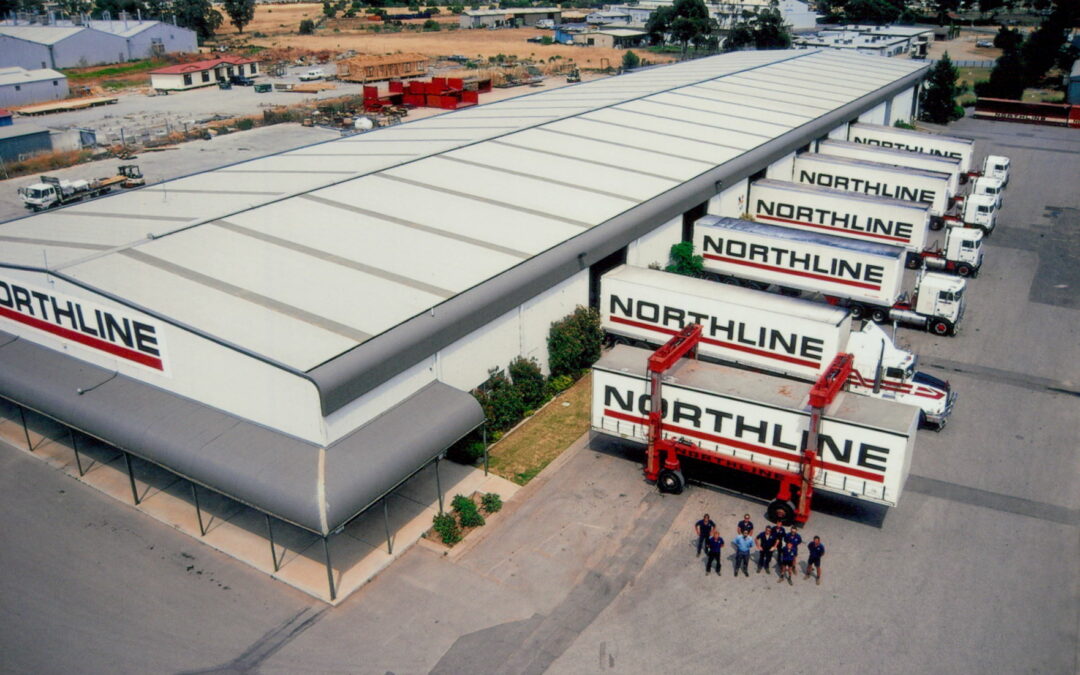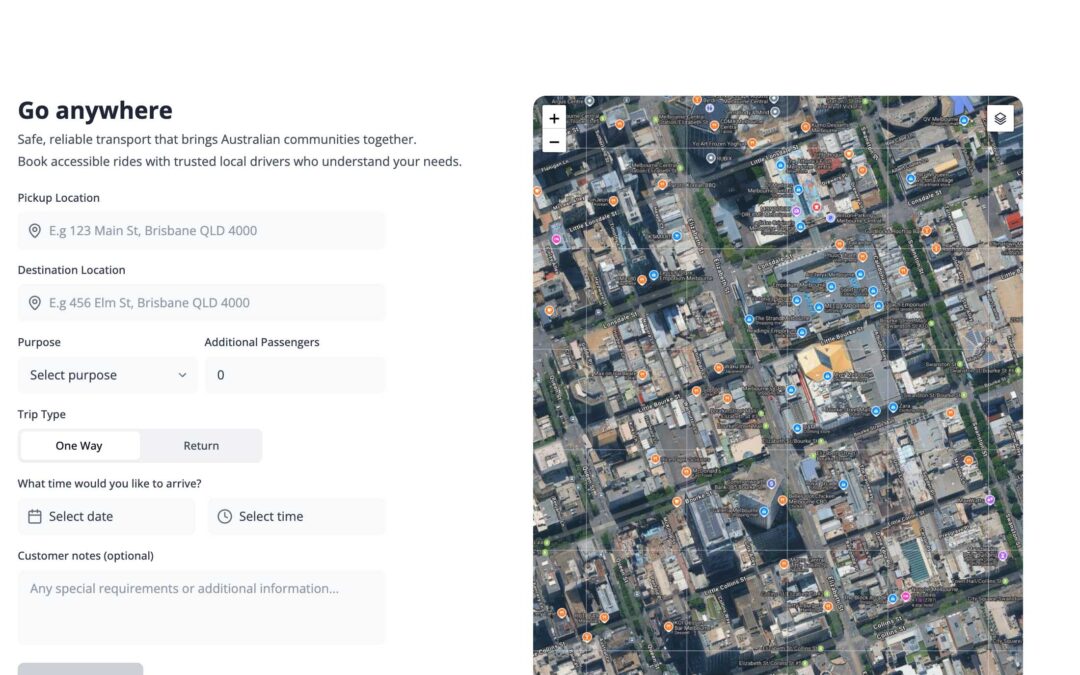At Orcoda, we proudly call ourselves Transport Nerds. We have a passion for all things transport and a commitment to sharing our knowledge with the world. Whether it’s the latest in transport technology, industry terminology, or best practices in logistics, we are dedicated to keeping you informed and up to date. Our expertise spans across various facets of transportation, and we aim to make complex concepts accessible and understandable. Below, we provide definitions for some key transport terms to help you navigate the intricate world of freight and logistics. larger but less dense shipments.
Agent
An individual who handles business on behalf of another company or individual with limited or complete authority. Agents are critical in facilitating transactions and ensuring smooth operations in the shipping and logistics industry.
Axle Load
The weight exerted by an axle on the highways. Understanding axle load is crucial for ensuring compliance with road regulations and maintaining infrastructure integrity.

Cartage
The transport of freight within the same locality or city. Cartage services are typically used for short-distance deliveries.
Concealed Damage
Damage that is only discovered after a package is opened. Concealed damage claims must be reported promptly to address liability and compensation.
Consignee
The person commercially accountable for receiving the shipment and the receipt details of the shipment. The consignee ensures the goods are properly received and documented.
Consignor
The person responsible for sending materials to the consignee, considered the legal owner until payment is completed. The consignor ensures that goods are shipped according to the agreed terms.

Gross Vehicle Mass (GVM)
The total weight of a vehicle when fully loaded, including the vehicle itself, its passengers, fuel, and cargo. GVM is a crucial metric for ensuring that vehicles operate safely within their weight limits.
Gross Combination Mass (GCM)
The total weight of a towing vehicle plus its trailer and the maximum load it can carry, as specified by the manufacturer. GCM is essential for determining the safe towing capacity of a vehicle.
Gross Vehicle Weight Rating (GVWR)
The maximum operating weight of a vehicle as specified by the manufacturer, including all components, fuel, cargo, and the driver, but excluding the container weight.
Inbound Freight
Shipments arriving from vendors, crucial for maintaining supply chain continuity and ensuring that businesses receive necessary goods.

Tariff
The total charge and contract details for a freight shipment between the shipper and carrier. Tariffs outline the cost structure and terms of service.
Tare Weight
The weight of an empty vehicle or container without any cargo or passengers. Tare weight is important for calculating the net weight of the cargo being transported.

Through Rate
The rate applied to the distance between the starting point and the final destination of a shipment, reflecting the total cost of transportation.
Time-Critical
Freight delivery with a time constraint factor, requiring the earliest possible delivery time to meet specific deadlines.


Bill of Lading (BOL)
A legal contract between the carrier and the shipping company, broker, or agent that outlines all characteristics of the freight shipping plan. The BOL serves as a receipt of goods, a contract of carriage, and a document of title.
Blocking and Bracing
Supports used to keep shipment goods properly secured on trailers or in containers during transportation. Blocking and bracing are essential for preventing cargo movement and ensuring safe delivery.
Bulk Freight
Freight not packed in containers, often transported in large quantities in solid or liquid form, such as crude oil, grains, or sand.

Demurrage
A charge incurred when a waiting period is experienced at a location or depot beyond the allotted free time. Demurrage fees compensate for the use of storage facilities, or a driver and vehicle’s wait time and encourage timely pickup and delivery of goods.
Exceptions
Issues such as damage or shortages noted on the Bill of Lading before it is signed. Exceptions highlight problems with the shipment that need resolution.
Fixed-Route Services
Fixed-route services operate on a predetermined route with set stops and schedules. These services are typically run by public transportation agencies or where regular collection of goods is required. The routes and schedules are published in advance.

Intermodal Transportation
Shipping that uses two or more modes of transportation, such as truck and rail, or truck and ship, to move goods efficiently over long distances.
Long Haul
Transportation of goods or passengers over long distances, typically spanning hundreds or even thousands of miles. Long haul operations are essential for connecting distant regions and supporting national and international trade.
Nested
Items arranged such that one fits inside another, commonly used in less-than-truckload (LTL) shipping to maximise space efficiency.
Point-to-Point
A type of transport operation which is any service in a vehicle with 12 seats or less (including the driver) that can take customers on the route they choose, at the time that suits them, for a fare. This includes taxis, chauffeurs, tourist services and ride-sourcing (rideshare).

Time-Definite
Freight shipping that guarantees delivery at a specific time of day or on a particular day, ensuring precise delivery schedules.
Transit Time
The total time from when goods are picked up to when they are delivered. Transit time is a key metric in logistics planning and customer satisfaction.

Truckload (TL)
Shipping of goods that fill a large trailer or container, typically used when a single customer requires the entire space for their materials. Truckload shipping is efficient for large-volume shipments.
Volume Rate
A rate applied to less-than-truckload (LTL) shipments to measure loads based on volume, often resulting in cost savings for larger but less dense shipments.
Warehouse
A facility for storing goods for a specific period, allowing businesses to manage inventory and prepare for shipping. Warehouses are essential for supply chain management.












